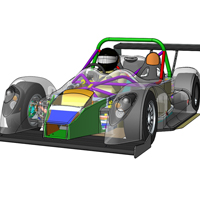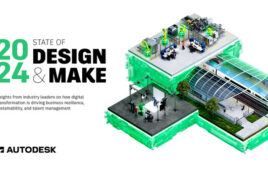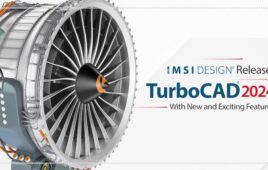
Engineering is really all about problem solving. In product design, this means exploring, iterating, changing, testing, and changing again until an optimized solution is found, designed and built. To empower engineers and designers to be able to design truly innovative products, they need tools that are both flexible and powerful.
Parametric, feature-based 3D modeling tools provide engineers with a methodical, orderly and powerfully automated way to create complex models. These tools require engineers to anticipate and define feature constraints, relations and dependencies, which ensure that any design change will be reflected in all downstream geometry. Though powerful, these tools often make edits difficult, especially for those that didn¹t create the original model.
Direct modeling, on the other hand, enables users to take a more flexible, intuitive approach to creating geometry and doesn¹t carry the overhead of history-based dependencies. Users can directly manipulate model geometry without regard to how that geometry was created. To make changes, users simply grab, pull and drag geometry, making direct modeling an easier modeling paradigm to use.
Both approaches have their advantages and disadvantages. Each provides a different kind of value for each stage of development. In this webinar, our speakers will discuss how each modeling paradigm can be used in three phases of product development (concept development, simulation, detailed design).
View this webinar to learn:
• The pros and cons of direct modeling and parametric, feature-based 3D modeling
• How each 3D modeling paradigm fits into the different stages of product development
• Who are using these tools?
• Do you need both direct modeling and parametric modeling tools?
• How do users outside of engineering play into the decision of what tool to use?
Sponsored by:

Filed Under: Software • 3D CAD, 3D CAD World, WEBINARS





Tell Us What You Think!